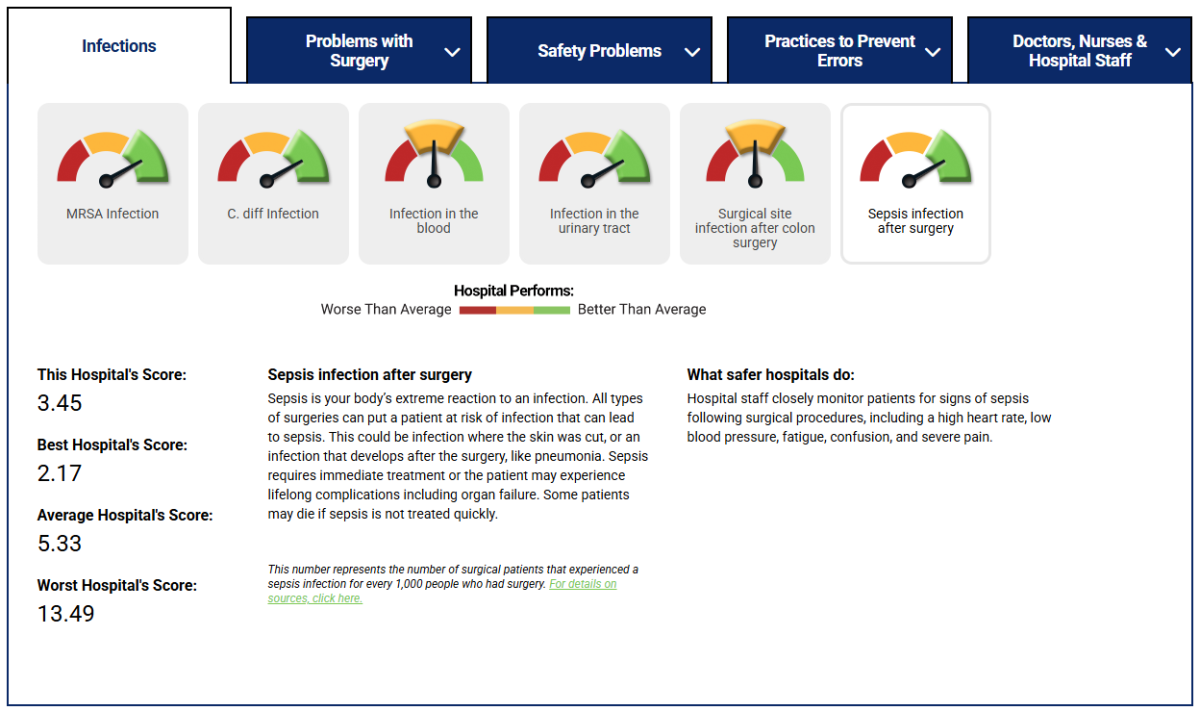
The second week of February marks Sepsis Survivor Week, a time to reflect on the importance of recognizing, preventing and treating sepsis. Sepsis is a life-threatening condition that claims over 250,000 lives annually in the U.S. alone, making it one of the leading causes of preventable deaths in hospitals. It can develop from any infection, and when not treated quickly, it can lead to organ failure, amputation or even death.
Despite its severity, sepsis is largely preventable when health care providers, patients and families understand the signs and take swift action. Sepsis Survivor Week is an opportunity to raise awareness about this condition and encourage both families and health care teams to be proactive in preventing it.
What is Sepsis?
Sepsis occurs when an infection in the body triggers a chain reaction that causes widespread inflammation, potentially damaging tissues and organs. The early symptoms of sepsis often mimic those of a common infection—fever, chills and fatigue—but can rapidly escalate into a medical emergency if not identified and treated promptly. Common signs include:
- High or low body temperatures, fever or chills
- Rapid heart rate or fast breathing
- Confusion, dizziness or fatigue
- Low blood pressure
- Decreased urine output
- Very pale skin
- Shortness of breath or organ dysfunction
Sepsis can develop from infections like pneumonia, urinary tract infections or even cuts and surgical wounds. However, what makes sepsis so dangerous is that it can worsen quickly—sometimes within hours—leading to shock, organ failure and even death. Recognizing the symptoms early and seeking medical care immediately can make all the difference.
How to Prevent Sepsis
Prevention is key to reducing the risk of sepsis, especially in hospital settings. Health care providers must follow proper infection control practices, including timely administration of antibiotics, maintaining sterile conditions in surgeries and ensuring effective wound care. For patients, good hygiene and seeking prompt treatment for infections can help reduce the risk.
Hospitals also play a critical role in preventing sepsis by adhering to evidence-based sepsis protocols. These include monitoring for signs of sepsis early, administering the right treatments at the right time and providing appropriate follow-up care.
Learn the Signs of Sepsis
Sepsis is most treatable when caught early. Familiarize yourself with the signs and symptoms so you can act quickly if you or a loved one shows any of these warning signs. Early recognition is crucial to survival.
Encourage Hospitals to Follow Best Practices
Whether you are a patient, family member or advocate, encourage local hospitals to prioritize sepsis prevention. Ensure that healthcare providers are following proper protocols for infection control and sepsis care.
Use Resources to Educate Others
In addition to the video overview on sepsis, the Leapfrog Judie Burrows Education Insititute offers a toolkit that includes a checklist of sepsis symptoms and prevention.
Using the Leapfrog Hospital Safety Grade
Leapfrog Hospital Safety Grades are assigned to nearly 3,000 general acute-care hospitals across the nation twice annually. The Safety Grade uses up to 30 national performance measures from the Centers for Medicare & Medicaid Services (CMS), the Leapfrog Hospital Survey and information from other supplemental data sources. When choosing a hospital, checking its Safety Grade can help guide your decision. Under the "Infections" tab, you can see how a hospital performs on sepsis infections after surgery. Safer hospitals closely monitor patients for signs of sepsis following surgical procedures. Visit hospitalsafetygrade.org to check your local hospitals.
Why Sepsis Prevention Week Matters
Sepsis is a preventable condition, but too many people continue to suffer from its devastating effects. Sepsis Survivor Week serves as a reminder of the importance of timely diagnosis, treatment and prevention. By raising awareness and sharing resources, we can reduce the number of lives lost to sepsis and ensure that more patients survive.
For those who have survived sepsis, this week is a chance to honor their resilience and share their stories. It’s also a time to support the families who have lost loved ones to sepsis and advocate for stronger safety measures in hospitals. Together, we can work to prevent sepsis and make health care safer for all.

